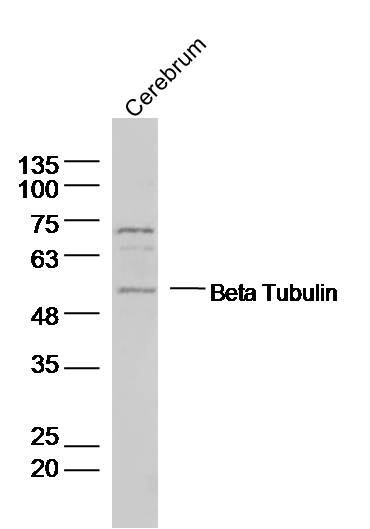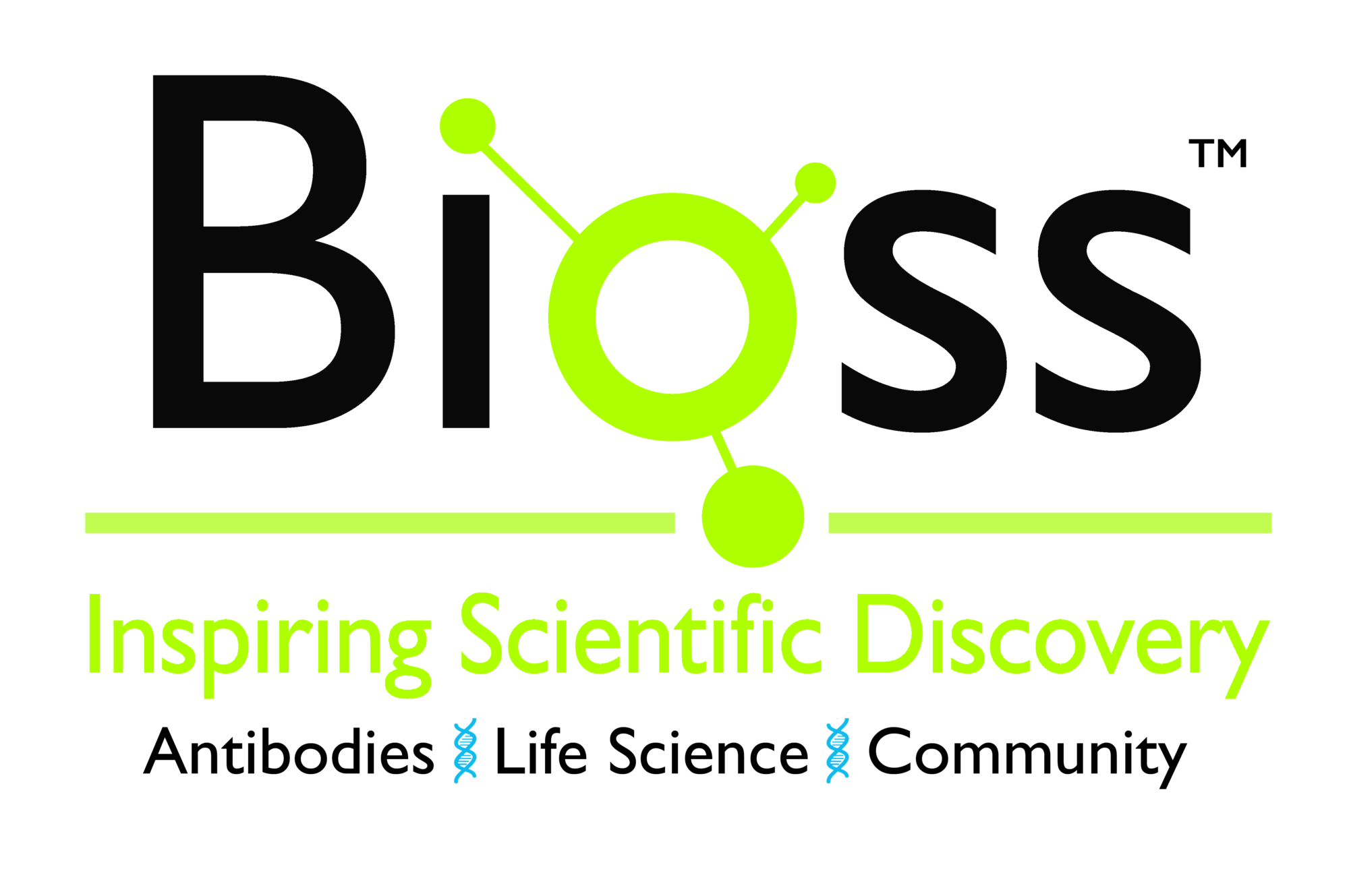![ICC/IF analysis of SH-SY-5Y cells using GTX11314 beta Tubulin 3/ Tuj1 antibody [SDL.3D10] at 1:400(pink) with DAPI(blue). Cells were fixed and permeabilized with methanol followed by methanol:acetone. ICC/IF analysis of SH-SY-5Y cells using GTX11314 beta Tubulin 3/ Tuj1 antibody [SDL.3D10] at 1:400(pink) with DAPI(blue). Cells were fixed and permeabilized with methanol followed by methanol:acetone.](https://www.genetex.com/upload/website/prouct_img/normal/GTX11314/GTX11314_20170605_ICCIF_w_23060500_832.webp)
ICC/IF analysis of SH-SY-5Y cells using GTX11314 beta Tubulin 3/ Tuj1 antibody [SDL.3D10] at 1:400(pink) with DAPI(blue). Cells were fixed and permeabilized with methanol followed by methanol:acetone.
beta Tubulin 3/ Tuj1 antibody [SDL.3D10]
GTX11314
ApplicationsImmunoFluorescence, Western Blot, ELISA, ImmunoCytoChemistry
Product group Antibodies
ReactivityBovine, Human, Porcine, Rat
TargetTUBB3
Overview
- SupplierGeneTex
- Product Namebeta Tubulin 3/ Tuj1 antibody [SDL.3D10]
- Delivery Days Customer9
- Application Supplier NoteWB: 1:400. *Optimal dilutions/concentrations should be determined by the researcher.Not tested in other applications.
- ApplicationsImmunoFluorescence, Western Blot, ELISA, ImmunoCytoChemistry
- CertificationResearch Use Only
- ClonalityMonoclonal
- Clone IDSDL.3D10
- ConjugateUnconjugated
- Gene ID10381
- Target nameTUBB3
- Target descriptiontubulin beta 3 class III
- Target synonymsCDCBM, CDCBM1, CFEOM3, CFEOM3A, FEOM3, TUBB4, beta-4, tubulin beta-3 chain, class III beta-tubulin, tubulin beta-4 chain, tubulin beta-III, tubulin, beta 3
- HostMouse
- IsotypeIgG2b
- Protein IDQ13509
- Protein NameTubulin beta-3 chain
- Scientific DescriptionTubulin is the major building block of microtubules. This intracellular cylindrical filamentous structure is present in almost all eukaryotic cells. Microtubules function as structural and mobile elements in mitosis, intracellular transport, flagellar movement, and the cytoskeleton. Except in the simplest eukaryotes, tubulin exists in all cells as a mixture of similar, but not identical, sets of alpha and beta tubulin polypeptides. Within either set of polypeptides, individual subunits diverge from each other (both within and across species) at less than 10% of the amino acid positions. The most extreme diversity is localized to the 15 residues of the carboxy-terminal. For beta-tubulin five evolutionarily conserved isotype clones have been identified. These are almost totally conserved in the subunits utilized in the same cell types of different species, with the exception of the hematopoietic beta- tubulin which is the most highly divergent in sequence and is not conserved between species. Research has been centered around the hypothesis that these beta tubulin isotypes contribute to unique functional properties. It has been reported that the different isotypes of tubulin differ from each other in their ability to polymerize into microtubules. The monoclonal antibody from hybridoma SDL.3D10 can stimulate microtubule assembly when reconstituted with tubulin, tau or MAP2.
- ReactivityBovine, Human, Porcine, Rat
- Storage Instruction-20°C or -80°C,2°C to 8°C
- UNSPSC12352203

![WB analysis of (1)U87 (2) MDBK (3) rat2 cell lysate using GTX11314 beta Tubulin 3/ Tuj1 antibody [SDL.3D10] at 1:400 . WB analysis of (1)U87 (2) MDBK (3) rat2 cell lysate using GTX11314 beta Tubulin 3/ Tuj1 antibody [SDL.3D10] at 1:400 .](https://www.genetex.com/upload/website/prouct_img/normal/GTX11314/GTX11314_20170605_WB_1_w_23060501_855.webp)
![WB analysis of rat brain cytosol extract using GTX11314 beta Tubulin 3/ Tuj1 antibody [SDL.3D10]. Lane A : Antibody dilution 1:400 Lane B : Negative control (only secondary antibody) WB analysis of rat brain cytosol extract using GTX11314 beta Tubulin 3/ Tuj1 antibody [SDL.3D10]. Lane A : Antibody dilution 1:400 Lane B : Negative control (only secondary antibody)](https://www.genetex.com/upload/website/prouct_img/normal/GTX11314/GTX11314_20170605_WB_w_23060501_120.webp)





![FACS analysis of A549 cells using GTX83356 beta Tubulin 3/ Tuj1 antibody [2E9]. Green : beta Tubulin 3/ Tuj1 Purple : negative control](https://www.genetex.com/upload/website/prouct_img/normal/GTX83356/GTX83356_20170912_FACS_w_23061322_791.webp)
![WB analysis of various cell lines using GTX83460 beta Tubulin 3/ Tuj1 antibody [5H2]. Loading : 35 ug per lane](https://www.genetex.com/upload/website/prouct_img/normal/GTX83460/GTX83460_3597_WB_w_23061419_857.webp)